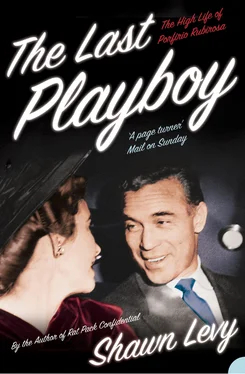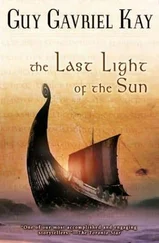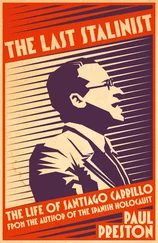She was a war baby, born in Bordeaux on May 1, 1917, to Dr. Jean Darrieux, a French ophthalmologist and war hero, and his wife, an Algerian concert singer. (Polish and American roots were hinted at in publicity biographies.) After the Armistice, her family relocated to Paris. By the age of four she was playing piano; later, she would take up the cello seriously. But her path toward the conservatory was hindered by two fateful events: In 1924, her father died, leaving her mother to raise three children with whatever income she could earn as a vocal instructor; and in 1930, Danielle was recommended for a screen test. “My mother was distrustful,” she recalled later. “At that time, the cinema was reputed to be a completely depraved world.” But she nevertheless relented and allowed the girl to go.
Danielle auditioned for director Wilhelm Thiele, one of those Viennese maestros so stereotypical of the silent film era: autocratic, high-minded, and lecherous (a few years later, he would pick Dorothy Lamour out of a chorus line). The film he was casting was based on Irene Nemirovsky’s novella “Der Ball” about a teenager whose social-climbing parents plan a grand ball but don’t include her; jealous, she tosses all the invitations into the river. To deal with the vagaries of the new technology of sound film, which still lacked the capability for dubbing dialogue, Thiele employed the then-common practice of shooting two versions at once—a German and a French, with distinct casts made up of actors from each country. Danielle got the part of the headstrong daughter in the French version.
The impression she made was strong enough to guarantee her a full five-year contract. In the next three years she made nine films, mostly comedies in which she appeared as a sparkling ingénue. (She made one crime film, Mauvaise Graine [“Bad Seed”], which was cowritten and codirected by Billy Wilder.) And she appeared on the stage in several productions throughout Europe: in Paris, Brussels, Prague, Sofia, Munich, and, fatefully, Berlin, where, in 1934, she signed a contract to make six films.
The first film covered by that agreement was L’Or dans la Rue (“Gold in the Street”), the French-language version of a German thriller coauthored by a German named Hermann Kosterlitz and a Frenchman named Henri Decoin. It was a fateful meeting of star and writers. Kosterlitz was a Jew who had engaged in a few unwise run-ins with German authorities and would soon be leaving for America, where, as Henry Koster, he would hit paydirt as the man who made Deanna Durbin a star and put Abbott and Costello in the movies; he would keep a savvy eye on Danielle as her star rose. Decoin was a former Olympic swimmer, World War I pilot, and knockabout journalist who had been working as a director and screenwriter for almost a decade; he would become, in 1935, Danielle’s first husband.
The age difference may have raised eyebrows—he was thirty-nine, she just eighteen—but it made sense when Danielle’s fatherless adolescence was taken into account. As she remembered tellingly, “I was always absolutely confident in him, and I obeyed him in all things.” More striking was the way in which they wed their careers, turning them into one of those classic director-actress couples who do their best work together. In a span of seven years starting in 1935 with Le Domino Vert (“The Green Domino”), Decoin directed his wife in six features, establishing himself as a capable hand in a variety of genres and cementing a directorial career that would last into the 1960s.
But Danielle became an international star largely on the work that she made between Decoin’s films; while he worked exclusively with her during this period, she made more than twice as many pictures without him. He gave her the confidence to take on meaty dramatic roles, and she did so brilliantly. The key step in her ascent was the romantic lead in Mayerling
Конец ознакомительного фрагмента.
Текст предоставлен ООО «ЛитРес».
Прочитайте эту книгу целиком, купив полную легальную версию на ЛитРес.
Безопасно оплатить книгу можно банковской картой Visa, MasterCard, Maestro, со счета мобильного телефона, с платежного терминала, в салоне МТС или Связной, через PayPal, WebMoney, Яндекс.Деньги, QIWI Кошелек, бонусными картами или другим удобным Вам способом.












